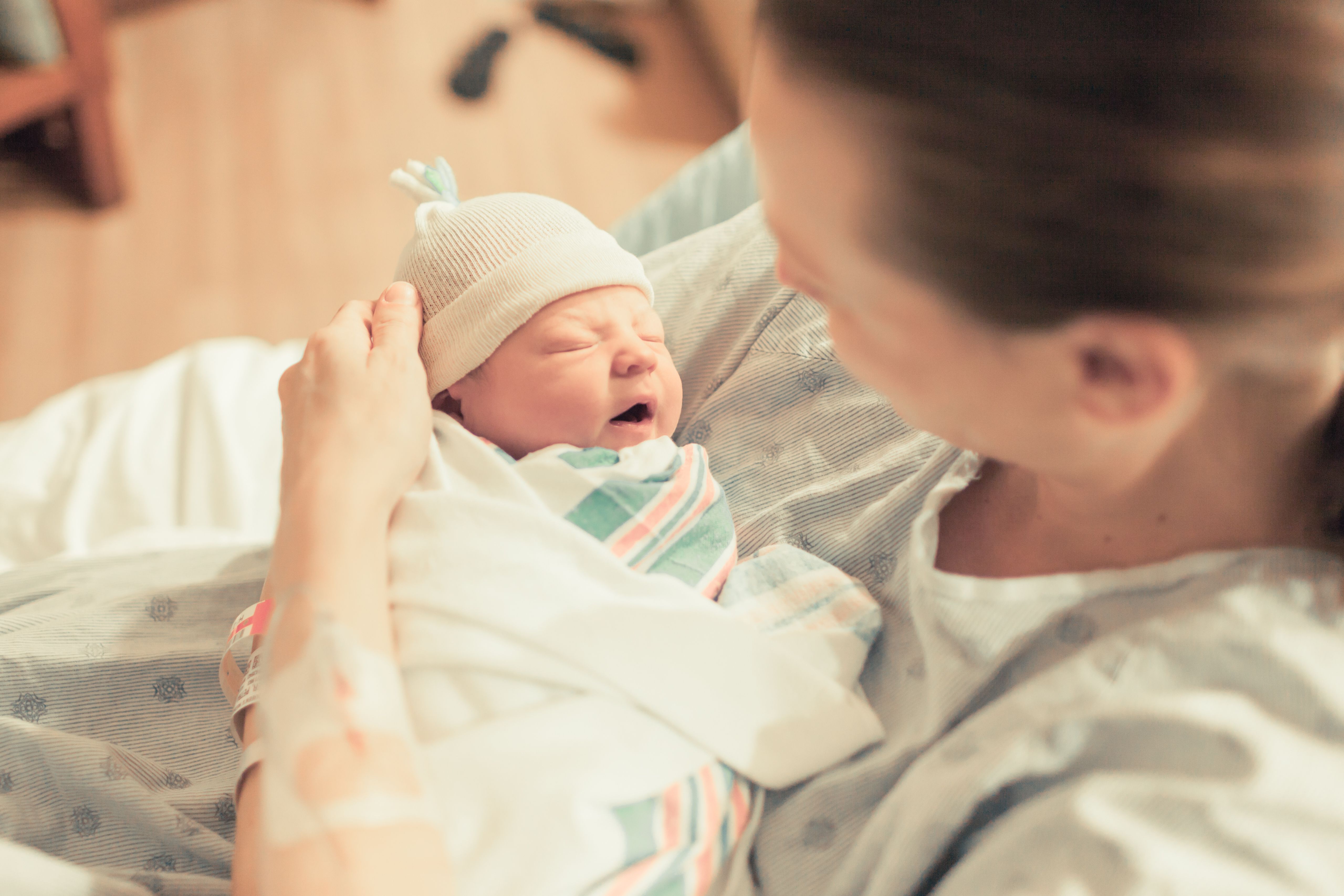Article
Ariadne Labs: Study Finds Campaign to Educate Women on Hospital C-section Rates Does Not Change Their Choice of Hospitals
A targeted effort to make hospital cesarean delivery rates transparent and understood by women increased their awareness of this important quality measure, but did not drive them to choose hospitals with lower rates, according to a new study in The American Journal of Managed Care®.
This release was prepared by Ariadne Labs.
BOSTON — A targeted effort to make hospital cesarean delivery rates transparent and understood by women increased their awareness of this important quality measure, but did not drive them to choose hospitals with lower rates, according to a new study.
The randomized controlled trial of 18,293 women was published Monday in The American Journal of Managed Care® and led by Ariadne Labs research analyst and Harvard Health Policy Ph.D. student Rebecca Gourevitch. Hospital C-section rates vary as much as 7 to 70 percent and are among the biggest risk factors for having an unnecessary C-section.
“We found that showing women an interactive tool with C-section rates of hospitals close to them, and explaining why these rates may influence their own birth experience, does not impact where they have their baby,” Gourevitch said.
This study builds on earlier research by the Ariadne Labs Delivery Decisions team that showed most women don’t value or prioritize information about C-section rates when choosing where to deliver because they do not believe it has a bearing on the care they would receive. In this study, Ariadne Labs collaborated with Ovia Health to close the knowledge gap around C-section rates using two mobile apps, Ovia Fertility and Ovia Pregnancy. Most of the women in the study were between ages 26-34 (61 percent). Twenty percent of the women were under age 25 and 18 percent were over age 35.
The app’s information feed linked to a short article explaining the potential risks associated with unnecessary C-sections and the variation between hospitals. Women who clicked for more information were randomized into two groups. Half of the women were presented with a short article encouraging them to consider C-section rates when considering an obstetric hospital and given one-time access to an interactive tool that showed the C-section rates for 10 hospitals closest to their location. In this tool, hospitals were shaded green if they met the Healthy People 2020 target of a 23.9 percent C-section rate, red if they exceeded that rate and yellow if the hospital did not report its rate. The other half of the women were shown the same article and shown where to access publicly reported C-section data, but not given the interactive tool.
The study found no significant difference between the two groups in the number of women who selected a hospital that met the Healthy People 2020 target. “Cesarean delivery rates may be challenging to interpret without a significant degree of health literacy or numeracy,” study authors wrote. “Although our intervention was designed to address these potential barriers, the complexity and personal nature of healthcare decisions is a significant challenge in engaging the public with hospital-level quality data.”
The study also found that women in the intervention group were more aware that cesarean rates varied between hospitals in their community and more likely to indicate that they looked up C-section rates before choosing their hospital. Women in both groups were equally likely to believe that the hospital they chose could affect their likelihood of having a C-section.
“As attendance at traditional childbirth education wanes, it is important to meet women and their families where they are, which is often on their phone, “ said Dr. Neel Shah, director of the Delivery Decisions Initiative. “This study shows that mobile platforms can be highly effective at providing education, but there are remaining challenges in helping people use hospital quality data to make decisions.”
In recent years, there has been a movement to make hospital quality data such as C-section rates more accessible to the public. The idea, Gourevitch said, is that this information will motivate consumers to choose hospitals with better quality outcomes.
However, noted Gourevitch, women have many other considerations when it comes to choosing their hospital. “Most women choose their ob/gyn and deliver where that doctor works rather than choosing a hospital and finding a doctor who delivers there,” she said. “Most women also have restrictions on providers covered by their insurance and they want to choose a place reasonably close to where they live. We know that some women like to deliver where their sister had a baby or their best friend had a baby. All of those factors are legitimate inputs into this decision.”
The study was also co-authored by Ateev Mehrotra, MD, of Harvard Medical School’s Health Care Policy Department and the Beth Israel Deaconess Medical Center; and Avery Plough, BA, and Grace Galvin, MPH, of Ariadne Labs.
Media contact:
Deborah O’Neil
O: 617-384-5588 C: 305-215-5675
E: doneil@ariadnelabs.org





